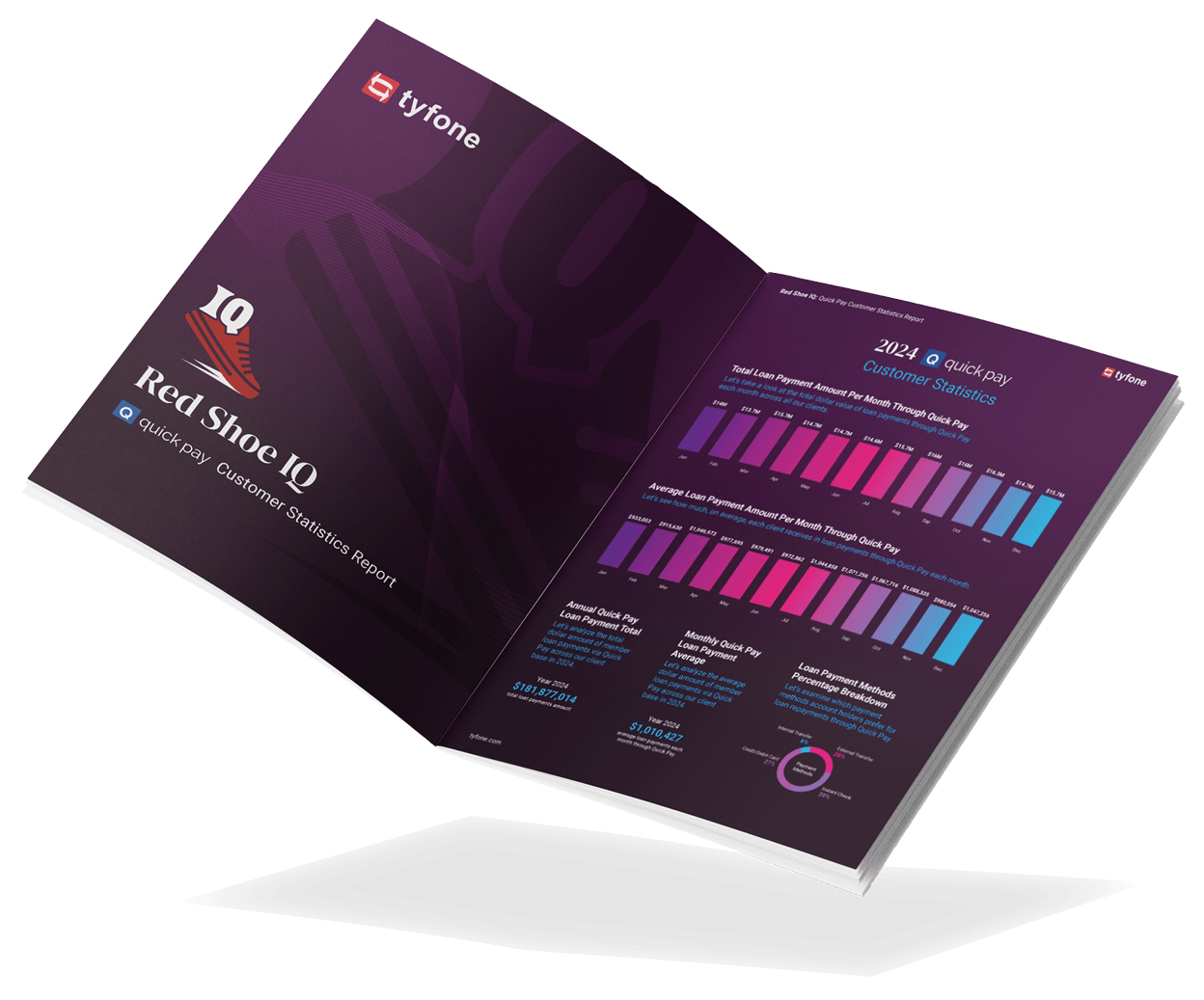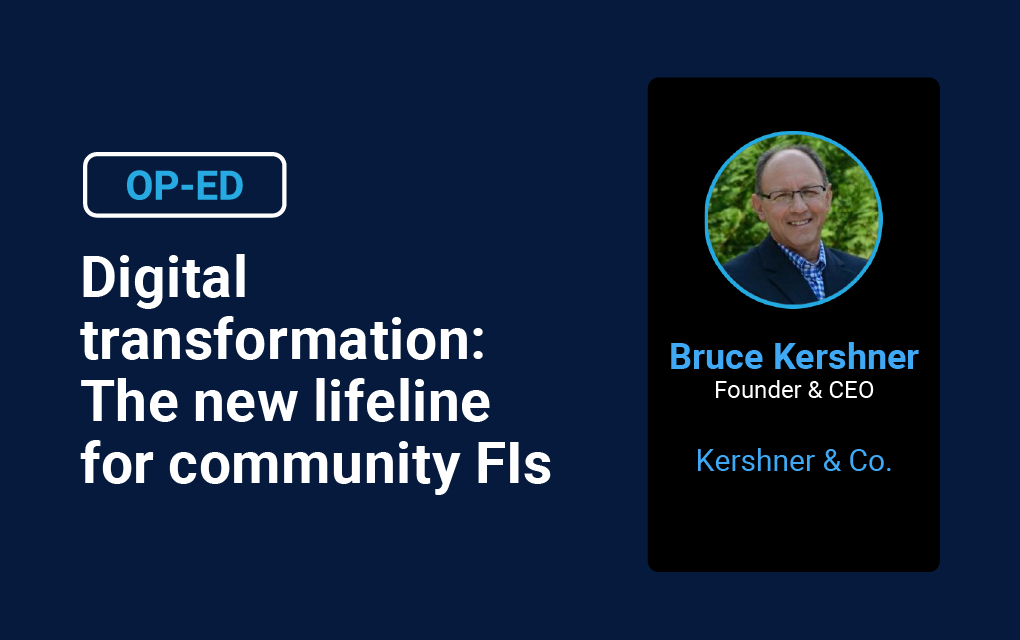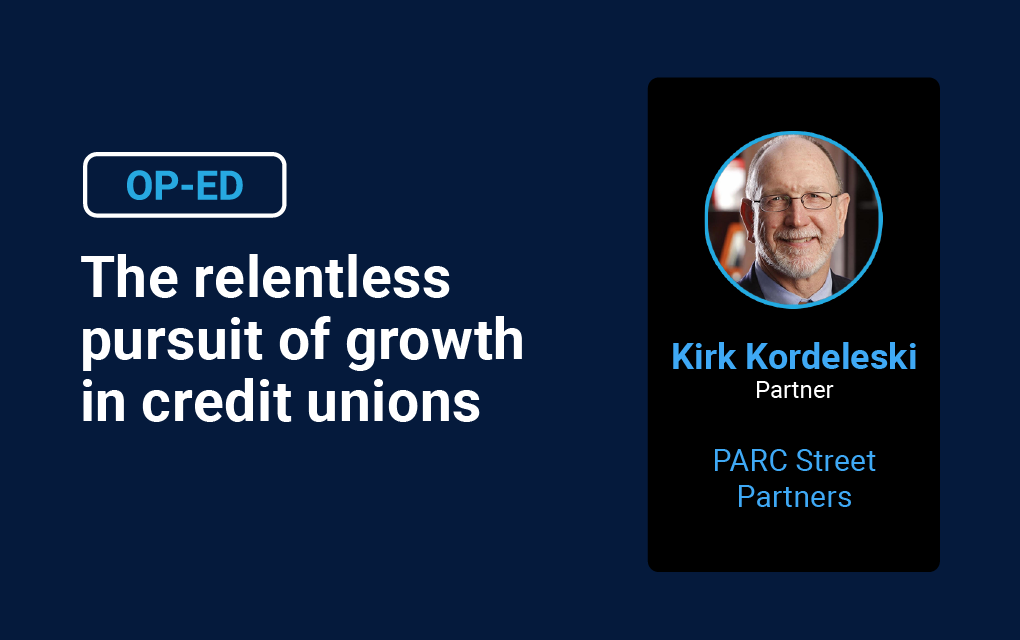Digital transformation: The new lifeline for community FIs
Community banks and credit unions have long been the bedrock of local economies, thriving on trust and personal relationships.
But as customer expectations are reshaped by seamless digital experiences from fintechs and large national banks, these institutions face a pivotal question: how do you preserve your unique value while delivering modern, intuitive services? The answer lies not in abandoning your model, but in empowering it.
But a fundamental shift is underway. Today's digital revolution isn't looming on the horizon—it's here, and it's reshaping customer expectations at breakneck speed. Fintech disruptors and national banking giants are no longer the only ones offering seamless, digital-first experiences; they're setting the new standard. For many community FIs, keeping up feels less like a race and more like a survival challenge.
The Real Obstacle: More than Technology
It's tempting to see the challenge as merely technological, but the true barriers run deeper. Legacy core systems are only the start of the problem. Tight budgets, evolving regulations, competition for digitally savvy talent, and organizational inertia all conspire to keep many community banks from transforming. The result: uncertainty, a patchwork of half-solutions, and an innovation gap that grows wider every year.
For example, a CSI survey in 2025 found that while nearly 70% of community bank executives cite digital transformation as a strategic priority, fewer than 30% believe their technology is up to the task. Most cite inflexible, decades-old core systems as the biggest blockers. This makes it nearly impossible to deliver digital essentials—instant payments, AI-powered fraud monitoring, or frictionless account opening—that modern customers now expect.
Why This Matters
This disconnect isn't just an IT headache; it's an existential threat. Today's consumers—whether digital-first Gen Z customers or established small business owners—expect banking to fit their lives, not the other way around. If community banks can't deliver a mobile, real-time experience, customers will find a provider that can.
Story continued below…
Finding a Path Forward
Fortunately, community banking isn't doomed to fade away. A new wave of agile institutions is leaping ahead, not by trying to "build it all" themselves, but by forging partnerships with fintech innovators, adopting open banking platforms, and transitioning to modular core systems. These pioneers don't just digitize traditional services; they reinvent what community banking means in the 21st century.
One Midwest community bank, for instance, recently cut small business loan processing from 10 days to 24 hours by integrating a fintech solution. The result? Happier clients, a surge in loan activity, and new deposits—all without losing their personal touch.
The Blueprint for Survival and Success
So how can more banks follow suit? Key steps include:
- Put Digital at the Core of Strategy: Make innovation a board-level concern, not just a line item. Every technology decision should align with long-term goals.
- Modernize the Foundation: Demand more from core technology vendors. Where necessary, consider switching to platforms built for digital integration and scalability.
- Redefine Relationship Banking: Leverage digital channels to deepen—not replace—personal connections. Think personalized alerts, proactive advice, and seamless service that adds real value for the customer.
- Cultivate a Learning Culture: Invest in talent with digital skills. Pilot new ideas, learn from what works (and what doesn't), and ensure your team is ready for continuous change.
A Unique Opportunity
The real advantage of community banks remains unshakable: deep local trust and relationships. By combining their unmatched local trust with modern, agile tools, community banks can do more than just survive. They can lead, proving that the future of banking isn't just big and digital—it's personal, local, and technologically empowered.
Community banks are in a position to create a customer proposition neither fintechs nor megabanks can easily match.
The digital age isn't a threat to the community banking model—it's the next chapter. The question isn't whether to go digital, but how to do so—boldly, quickly, and with the resolve to thrive in a digital-first world.
Leveraging three decades of search experience in the financial services space, Kershner & Co. specializes in recruiting top leadership talent for community & regional banks, credit unions and fintech's with a focus on technology.
Disclaimer
The views, opinions, and perspectives expressed in articles and other content published on this website are those of the respective authors and do NOT necessarily reflect the views or official policies of Tyfone and affiliates. While we strive to provide a platform for open dialogue and a range of perspectives, we do NOT endorse or subscribe to any specific viewpoints presented by individual contributors. Readers are encouraged to consider these viewpoints as personal opinions and conduct their own research when forming conclusions. We welcome a rich exchange of ideas and invite op-ed contributions that foster thoughtful discussion.










